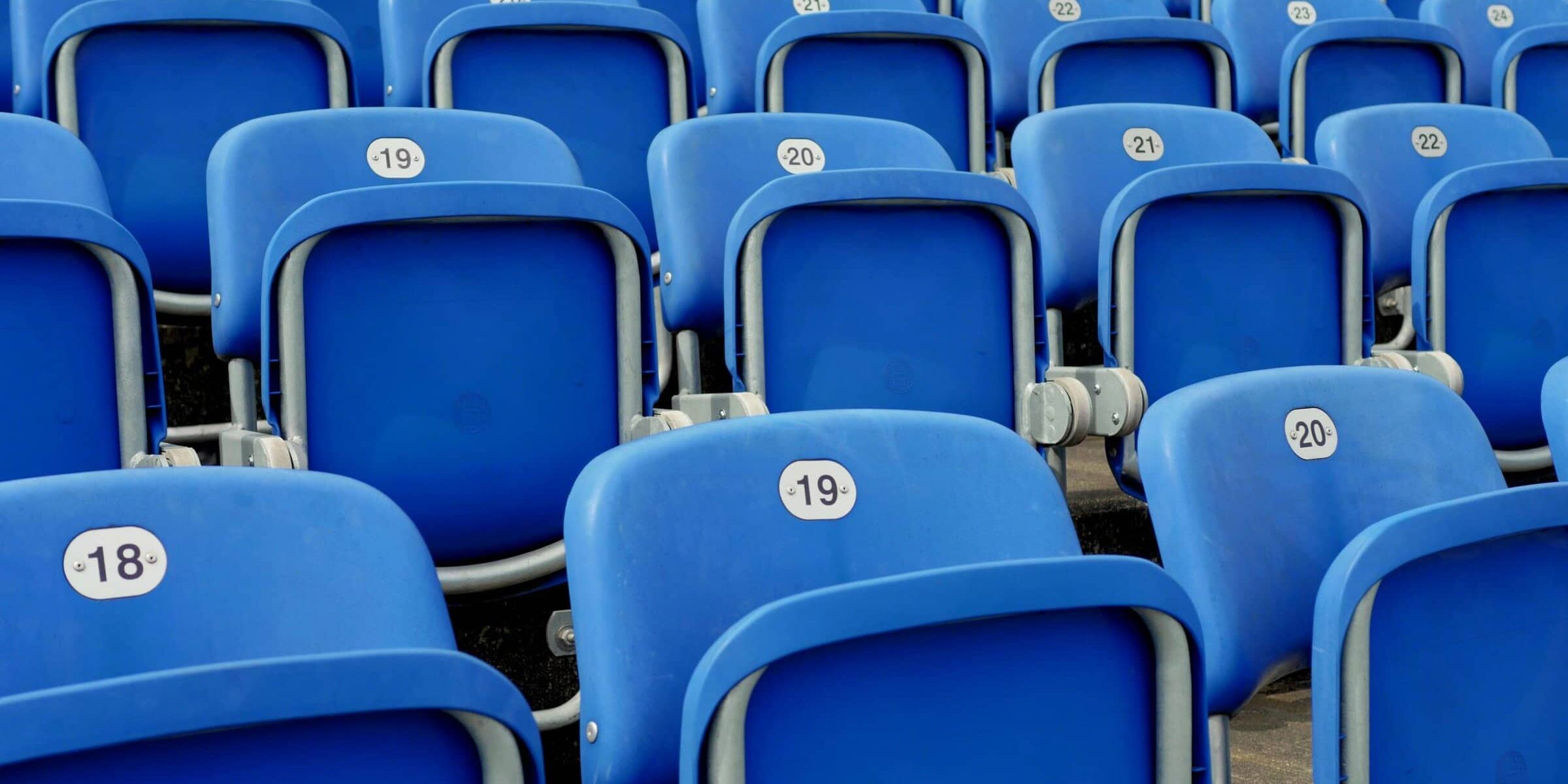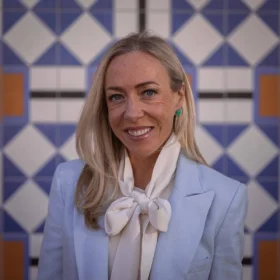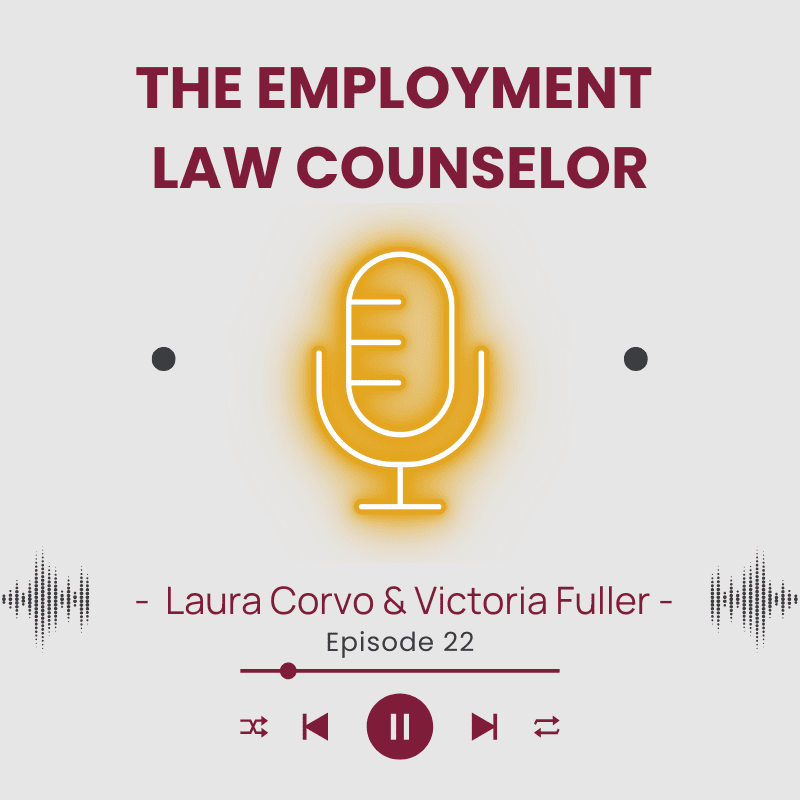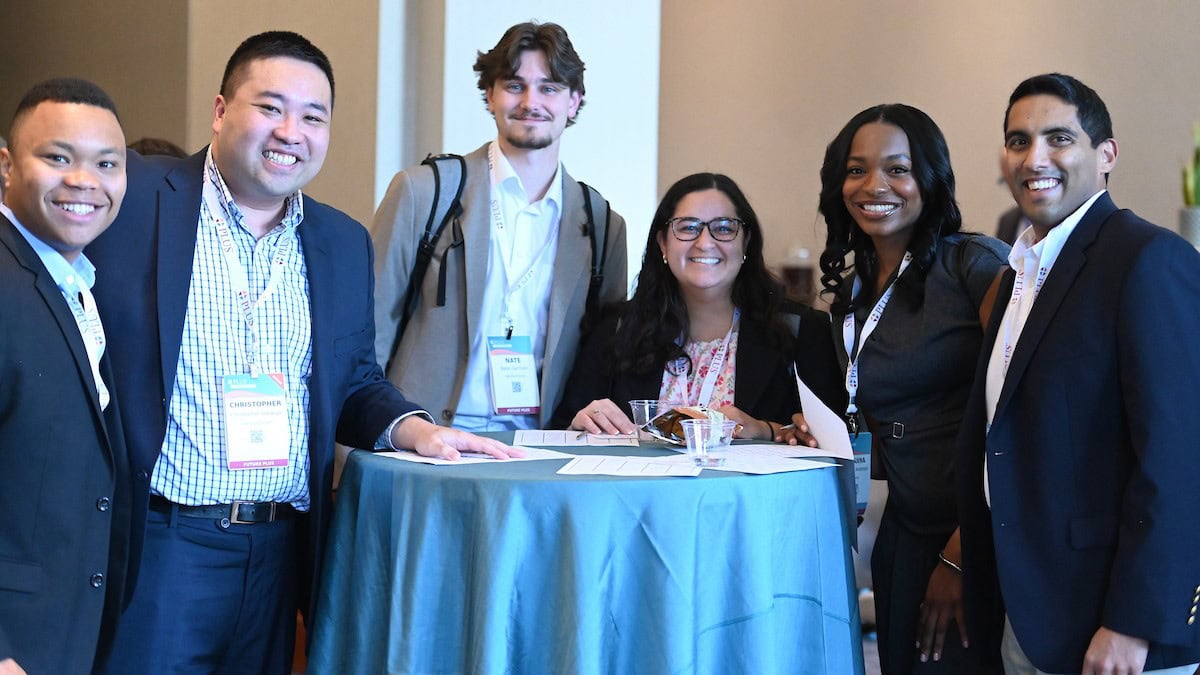September 2, 2025
Saving College Sports or Burning Down the House?

On July 24, 2025, President Trump issued the Saving College Sports Executive Order (EO). The EO states that a “national solution is urgently needed” to prevent the current situation from “deteriorating beyond repair” and to protect non-revenue sports. It remains to be seen whether pending legislation, like the proposed SCORE Act, the College Athlete Economic Freedom Act, or the College Athlete Right to Organize Act, or Executive Agency actions seeking to enforce the EO, will create more certainty surrounding Name Image Likeness (NIL) payments to student athletes. However, the sense of urgency to regulate components of the In Re College Athlete NIL litigation settlement (“House Settlement”) is clear.
As D&O Diary readers may recall, in June, the House Settlement was approved, with various provisions, including allowing for athletes to be compensated for their NIL. The House Settlement established a framework for universities to pay athletes, including creating a member benefit Pool (revenue sharing) and promoting institutional brands. The settlement also addressed third-party NIL payments, mandated student-athlete reporting for third-party NIL contracts in excess of $600, and set specific Sport roster limits for universities that provide payments or benefits (including scholarships) to student-athletes. Even so, there are holes, like whether directly paid college athletes become university employees, that the EO and proposed legislation appear to be trying to fill.
If a legal framework is established following either the EO or SCORE Act, the College Athlete Economic Freedom Act, or the College Athlete Right to Organize Act, the impact on conferences, universities, collectives, and their management liability carriers will be immediate. The following discusses various sections of the EO and proposed legislation, the interplay with the House Settlement, and the potential effects on the organizations that athletes will be competing for and their insurers.
Saving College Sports Executive Order
The EO, in part, begins by describing the current collegiate sports landscape as follows:
“Waves of recent litigation against collegiate athletics governing rules have eliminated limits on athlete compensation, pay-for-play recruiting inducements, and transfers between universities, unleashing a sea change that threatens the viability of college sports. While changes providing some increased benefits and flexibility to student-athletes were overdue and should be maintained, the inability to maintain reasonable rules and guardrails is a mortal threat to most college sports.”
The EO addresses four NIL-related issues: (1) protecting and expanding women’s and non-revenue sports, (2) prohibiting third-party pay-for-play payments, (3) student-athlete status, and (4) legal protections for college athletics from lawsuits.
Women’s and Non-Revenue Sports
Section 2 of the EO is titled Protecting and Expanding Women’s and Non-Revenue Sports and Prohibiting Third-Party Pay-for-Play Payments (Section 2). The first subsection addresses women’s and non-revenue sports by pairing the amount of Athletic Department (AD) revenue with opportunities to be offered for non-revenue sports. According to the EO, non-revenue sports include many women’s and Olympic sports. Revenue-generating sports are identified as football and basketball.
Notably, the EO further states that within 30 days, the Secretary of the Department of Education (DOE), in consultation with the Attorney General (AG), the Secretary of Health and Human Services (HHS), and the Chairman of the Federal Trade Commission (FTC), shall develop a plan to advance Section 2 using all “available and appropriate regulatory, enforcement, and litigation mechanisms” (including Title IX) and by working with Congress and state governments, as appropriate.
Section 2 categorizes athletic departments by revenue: those over $125M must expand scholarships and fully use non-revenue sport rosters; those between $50M–$125M must maintain 2024–2025 levels; and those under $50M or without revenue sports must not cut scholarships or rosters based on revenue. If this provision requiring additional or maintenance of scholarships for women and non-revenue sport athletes becomes agency-enforced, universities may face regulatory inquiries surrounding AD revenue and budgets. Particularly, if budgets are unable to support the required scholarship opportunities.
It is important to note that the House Settlement order provides that universities “shall unilaterally decide/determine whether and how much of any benefits newly permitted by this Injunctive Relief Settlement to provide to any individual Division I student-athlete (up to the Pool amount),” regardless of the gender or what sport the paid student athlete plays. Like the potential exposure stemming from university scholarship opportunities, university ADs who allocated benefits and payments to athletes according to the House Settlement (unilaterally) may now run afoul of EO Section 2.
However, universities that did not appropriately allocate revenue-sharing or budgets for scholarships may have run afoul of Title IX, which prohibits sex discrimination in education programs and activities that receive federal financial assistance (college athletics). The Section 2’s directive appears to affirmatively address potential Title IX infractions by requiring certain scholarship opportunities and revenue-sharing for women’s sports. Of note, the $2.8 billion monetary payment of the House Settlement is currently on pause after a group of female student-athlete plaintiffs filed an appeal to the Ninth Circuit, arguing the back pay provision violates Title IX.
Pay-for-Play
Along with addressing women’s and non-revenue sports, Section 2 also targets third-party pay-for-play compensation. Specifically, the EO states that third-party pay-for-play should not be permitted by universities. The House Settlement, on the other hand, states that the NCAA shall not have rules prohibiting student athletes from receiving payments from third parties for their NIL. With the caveat that student-athletes must report third-party payments valued at $600 or more to the university and NIL Go, a newly created platform by the College Sports Commission. On the other hand, the College Athlete Economic Freedom Act, which was reintroduced in the Senate on July 25, the day after the EO was issued, proposes prohibiting universities or the NCAA from creating rules that restrict athletes from pursuing NIL opportunities.
Thus, as of now, there is an executive, judicial, and legislative branch approach to third-party payment to student-athletes. None of which is completely aligned with each other. Likely, the third-party being referenced specifically in the EO and House Settlement is a NIL collective. D&O Diary readers may recall that NIL collectives are founded by secondary school or university alumni and influential supporters (but independent of the secondary school or university) to pool funds from donors to create NIL opportunities for student-athletes. With the EO putting enforcement of preventing NIL collective payments to students on universities, additional university liability may arise.
Specifically, if the university stops NIL collective payments, student-athletes or NIL collectives may bring claims against the university for tortious interference with business relations or with existing or prospective contractual relations. University D&O carriers may be exposed to legal expenses defending against such allegations if an athletic director or other D&O is named. On the other hand, if a university fails to prevent NIL collective payments, the DOE or FTC may bring a regulatory action or litigation to enforce this provision.
Employment Status
Section 3 of the EO addresses the student-athlete-employee question that the House Settlement does not raise. In summary, the EO states that the Secretary of Labor and the National Labor Relations Board shall decide what, if any, employment classification will apply to student athletes. At this point, it is important to mention the pending College Athlete Right to Organize Act, a reintroduced Senate Bill that proposes granting college athletes the right to unionize and engage in collective bargaining, recognizing them as employees under the National Labor Relations Act (NLRA). It is further important to note that the SCORE Act, a bill introduced in the House of Representatives in July and which has advanced to a full committee hearing, specifically proposes preventing athletes from obtaining employment status.
Because student-athlete-employee classification remains unsettled, future management liability exposure for universities and insurers related thereto will not be discussed here.
Of note, however, is that even though the SCORE Act proposes to prevent student athletes from obtaining employment status, it does require universities to provide medical and health benefits to athletes during their tenure, plus three years after graduation. In addition, Universities would be required to show certification of insurance coverage for medical expenses resulting from student-athletes injured while playing for the school. As a result, claims surrounding payment of medical benefits may become a fiduciary liability exposure for universities if they are the student-athlete health plan administrator.
Antitrust
Finally, Section 4 of the EO, titled Legal Protections for College Athletics from Lawsuits, assigns the AG and FTC the task of proposing ways to prevent continuing antitrust litigation against universities, conferences, and the NCAA. This includes requiring the AG and FTC to, within 60 days, develop a plan to implement appropriate future litigation positions, guidelines, policies, or other actions. Section 4 appears to be directing the AG and FTC to find a way to stop college sport-related antitrust litigation. Because antitrust litigation is expensive, this provision of the EO, if allowed by law, would limit exposure for universities and D&O carriers.
Conclusion
The Saving College Sports Executive Order introduces a sweeping and aggressive federal framework intended to reassert regulatory control over college athletics in the wake of the House Settlement and ongoing legal and legislative activity. By asserting federal oversight over scholarship distribution, revenue-sharing, and third-party NIL payments, the EO not only amplifies the compliance burden on university athletic departments but also introduces new sources of regulatory and litigation risk.
As federal agencies move to implement the EO’s directives, universities may find themselves caught between inconsistent mandates from the executive, legislative, and judicial branches, particularly regarding NIL collectives, Title IX compliance, and student-athlete employment status. For ADs, conferences, and their management liability insurers, this patchwork of unresolved legal questions and overlapping obligations may require active risk monitoring and overage review in an unsettled collegiate sports landscape.
This piece was originally released on The D&O Diary.
To learn more about this topic, check out Sarah’s other PLUS content:
Insuring NIL Collectives Video Blog
See Sarah Abrams at the 2025 PLUS Conference as she interviews the 2025 PLUS Conference headliner, Nick Saban during the opening general session.
Learn more and register below:
Meet the Author
 Sarah Abrams, Head of Claims
Sarah Abrams, Head of Claims
Baleen Specialty, a division of Bowhead Specialty
Sarah Abrams is the Head of Claims at Baleen Specialty, a division of Bowhead Specialty. She built the Baleen Claims department and in her previously role as Head of Professional Liability Claims at Bowhead Specialty she oversaw the professional liability claims department handling of Director and Officer, Management Liability and Errors and Omissions claims. Sarah practiced law in Chicago, representing carriers, before moving in house. She has authored numerous articles and is a regular speaker at insurance and legal industry events.
News Type
PLUS Blog
Business Line
Professional Liability
Contribute to
PLUS Blog
Contribute your thoughts to the PLUS Membership consisting of 45,000+ Professional Liability Practitioners.
Related Podcasts

The Employment Law Counselor Episode 22
Navigating Labor and Employment Challenges During the Holiday Season Happy Holidays from…
Related Articles

Share Your Content Ideas with PLUS!
Planning is underway for PLUS webinar content— and we want to hear…

Claims Made Bites: Antitrust Exclusions Can Be Catastrophic
The Myth of “Big Tech Only” Antitrust Risk It’s easy to think…

Celebrating a Year of Growth: 2025 Future PLUS Advancement Initiative Highlights
In 2025, PLUS launched the Future PLUS Advancement Initiative, a strategic, high-impact…
